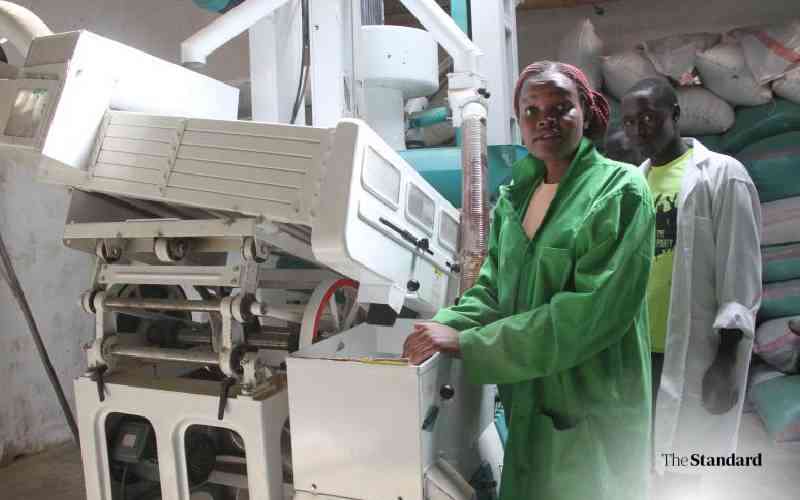In the realm of artificial intelligence (AI) and robotics, the natural world often provides profound insights that can propel technological advancements. One such revelation comes from the study of bees, whose behavior might unlock new frontiers in AI and pattern recognition. These tiny creatures, with brains no bigger than a sesame seed, actively shape their visual perception through flight movements, offering a model of efficiency and complexity. Scientists at the University of Sheffield have harnessed this understanding, building computational models that mimic bee brains to explore these intricate processes. This research not only deepens our understanding of bee cognition but also points toward innovative applications in robotics and AI systems.
The intricate flight patterns of bees offer more than just a mesmerizing dance; they are a window into advanced cognitive processes. Researchers have discovered that bees employ their movement in flight to enhance their visual perception, actively engaging with their environment. This dynamic interaction allows bees to recognize complex visual patterns with remarkable accuracy, such as distinguishing flowers or even human faces. By modeling these behaviors computationally, scientists have gained invaluable insights into creating more efficient AI systems. These findings demonstrate that even small, evolutionary-refined organisms can perform complex computations, challenging prior assumptions about the relationship between brain size and intelligence.
Professor James Marshall from the University of Sheffield emphasizes that this research showcases the potential of small, efficient systems to perform advanced tasks. The implications for robotics are significant; by emulating these natural processes, engineers can design robots that process information more like biological organisms. This approach could lead to robots that are not only more efficient but also capable of adapting to their environments in ways previously thought impossible. The study underscores the importance of interdisciplinary research, where biology and technology intersect to inspire groundbreaking innovations.
The question of whether brain size correlates with intelligence has long fascinated scientists. Recent studies, such as those conducted at the University of London, challenge the assumption that larger brains necessarily equate to higher intelligence. By analyzing bee brains, researchers have identified the minimal number of neurons required for complex visual discrimination tasks, revealing that even microbrains can perform advanced computations. This discovery has profound implications for understanding neural efficiency and intelligence.
Professor Lars Chittka’s work highlights that intelligence is not merely a function of brain size but rather the result of optimized neural computations. This paradigm shift opens new avenues for AI development, where the focus shifts from sheer computational power to efficient processing strategies. Understanding these principles can inspire the design of AI systems that are both powerful and resource-efficient. This research, a collaboration with Queen Mary University of London, exemplifies how studying nature can redefine technological possibilities, paving the way for more nuanced and capable AI applications.
Inspired by the agility and efficiency of bees, MIT researchers have developed robotic insects designed to revolutionize agricultural practices. These robotic pollinators, weighing less than a paperclip, are capable of performing intricate aerial maneuvers, such as double flips, to assist in artificial pollination. This innovation holds the potential to transform how fruits and vegetables are cultivated, particularly in controlled environments like multilevel warehouses.
By mimicking the natural flight patterns of bees, these robotic insects can perform precise pollination tasks, boosting agricultural yields while minimizing environmental impact. This approach not only enhances food production but also exemplifies how biological insights can inform technological advancement. The project demonstrates the potential for robotics to address real-world challenges, showcasing the synergy between nature and technology. As agriculture faces increasing pressures, innovations like robotic pollinators offer promising solutions for sustainable food production.
The study of bees and their cognitive processes provides a glimpse into the future of AI and robotics. By understanding how these tiny creatures efficiently process information, researchers can develop technologies that mimic these natural strategies. This research underscores the importance of interdisciplinary approaches, where insights from biology inform technological development. As AI continues to evolve, the lessons learned from bees will play a crucial role in shaping the next generation of intelligent systems.
As we look to the future, the question remains: how can we further harness the principles of nature to drive technological innovation? By continuing to explore the intersection of natural intelligence and artificial systems, we can unlock new possibilities for creating machines that are not only smarter but also more in tune with their environments.
Our author used artificial intelligence to enhance this article.
Did you like it? 4.5/5 (25)







